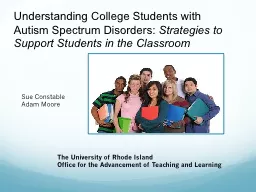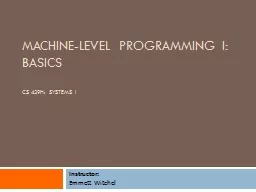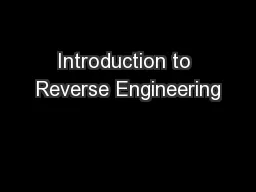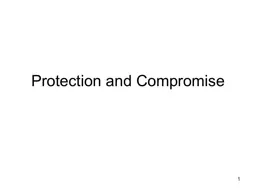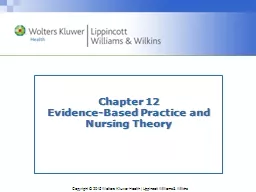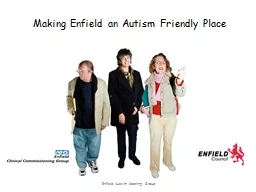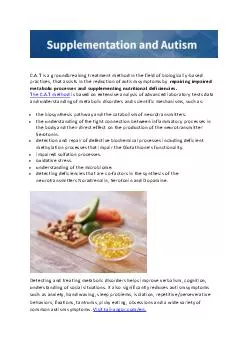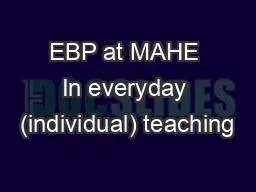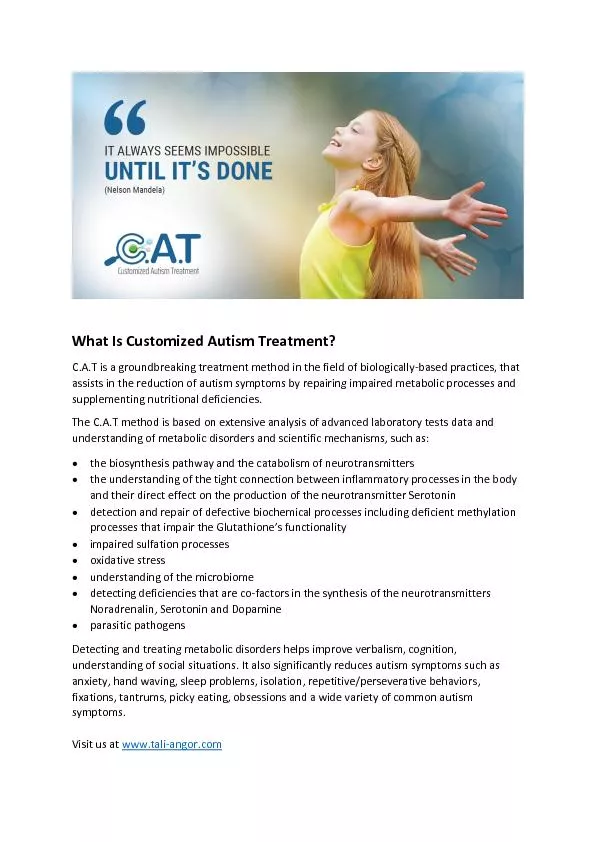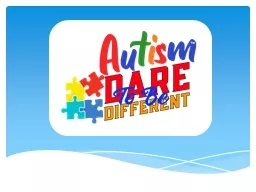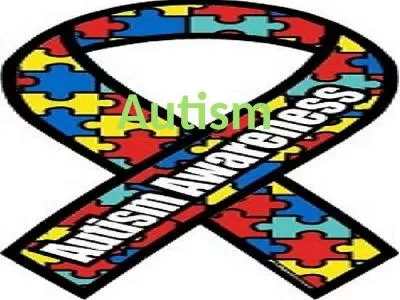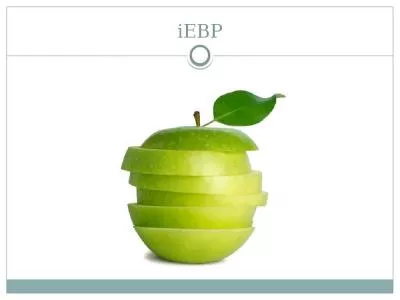PPT-Autism EBP Autism EBP group
Author : briana-ranney | Published Date : 2019-11-20
Autism EBP Autism EBP group First meeting held in September 2010 53 group members broad range of SPs in disability community ADHC private practice autismspecific
Presentation Embed Code
Download Presentation
Download Presentation The PPT/PDF document "Autism EBP Autism EBP group" is the property of its rightful owner. Permission is granted to download and print the materials on this website for personal, non-commercial use only, and to display it on your personal computer provided you do not modify the materials and that you retain all copyright notices contained in the materials. By downloading content from our website, you accept the terms of this agreement.
Autism EBP Autism EBP group: Transcript
Download Rules Of Document
"Autism EBP Autism EBP group"The content belongs to its owner. You may download and print it for personal use, without modification, and keep all copyright notices. By downloading, you agree to these terms.
Related Documents


